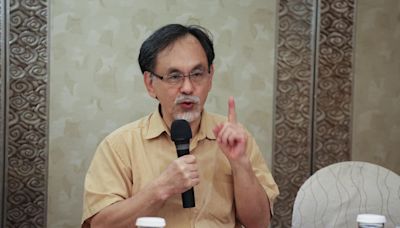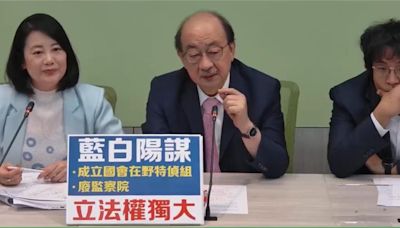搜尋結果
The Royal Exchange, New York City, the first meeting place of the Supreme Court The court lacked its own building until 1935. From 1791 to 1801, it met in Philadelphia's City Hall, before moving to the Capitol Building in Washington, D.C. It was while debating the separation of powers between the legislative and executive departments that delegates to the 1787 Constitutional Convention ...
Louis Brandeis praised federalism as allowing states to experiment and make the best laws. Laboratories of democracy is a phrase popularized by U.S. Supreme Court Justice Louis Brandeis in New State Ice Co. v. Liebmann to describe how "a single courageous State may, if its citizens choose, serve as a laboratory; and try novel social and economic experiments without risk to the rest of the ...
- Early Life
- Judicial Career
- Personal Life
- Further Reading
Gray was born in Boston, Massachusetts, the son of Horace and Harriet Upham Gray, and grandson of merchant and politician William Gray. He enrolled at Harvard College at the age of 13, and graduated four years later. After traveling in Europe for a time, Gray entered Harvard Law School, from which he graduated with an LL.B. in 1849. Gray was admitt...
Massachusetts state courts
In 1854, he was named Reporter of Decisions for the Massachusetts Supreme Judicial Court. While serving in this capacity, Gray edited sixteen volumes of court records, and also served as a counselor to the governor of Massachusettson legal and constitutional questions. The quality of Gray's work earned him a reputation for historical scholarship and legal research. Gray was appointed to the Massachusetts Supreme Judicial Court as an associate justice in 1864. At age 36, he was the youngest ap...
United States Supreme Court
In December 1881, President Chester A. Arthur nominated Gray to fill the vacancy on the U.S. Supreme Court created by the death of Nathan Clifford. The United States Senate quickly confirmedhis appointment, and on January 9, 1882, he officially joined the Court. As he had been in Massachusetts, Gray was also the first U.S. Supreme Court justice to hire a law clerk. He used his own funds to pay the clerk's salary, as no government money was appropriated for this purpose at the time.Additionall...
He was elected a member of the American Antiquarian Society in 1860, and in 1866, was elected a Fellow of the American Academy of Arts and Sciences. In 1889, Gray married Jane Matthews (1860–1949), daughter of fellow associate justice Stanley Matthews. Gray's half-brother, John Chipman Gray, was long-time professor at Harvard Law School, and is not...
Spector, Robert M. (1968). "Legal Historian on the United States Supreme Court: Justice Horace Gray, Jr., and the Historical Method". American Journal of Legal History. Temple University. 12 (3): 1...Koslosky, Daniel Ryan, "Ghosts of Horace Gray: Customary International Law as Expectation in Human Rights Litigation" 97 Kentucky Law Journal 615 (2009)t. e. The Lady Chief Justice of England and Wales (alternatively Lord Chief Justice when the holder is male) is the head of the judiciary of England and Wales and the president of the courts of England and Wales . Until 2005 the lord chief justice was the second-most senior judge of the English and Welsh courts, surpassed by the lord chancellor ...
Stephen Breyer. Stephen Gerald Breyer ( / ˈbraɪ.ər / BRY-ər; born August 15, 1938) is an American lawyer and jurist who served as an associate justice of the U.S. Supreme Court from 1994 until his retirement in 2022. He was nominated by President Bill Clinton, and replaced retiring justice Harry Blackmun. Breyer was generally associated ...
On June 16, 1866, Secretary of State William Seward transmitted the Fourteenth Amendment to the governors of the several states for its ratification. State legislatures in every formerly Confederate state, with the exception of Tennessee, refused to ratify it. This refusal led to the passage of the Reconstruction Acts.
Magna Carta Libertatum ( Medieval Latin for "Great Charter of Freedoms"), commonly called Magna Carta or sometimes Magna Charta ("Great Charter"), [a] is a royal charter [4] [5] of rights agreed to by King John of England at Runnymede, near Windsor, on 15 June 1215. [b] First drafted by the Archbishop of Canterbury, Cardinal Stephen Langton, to ...





